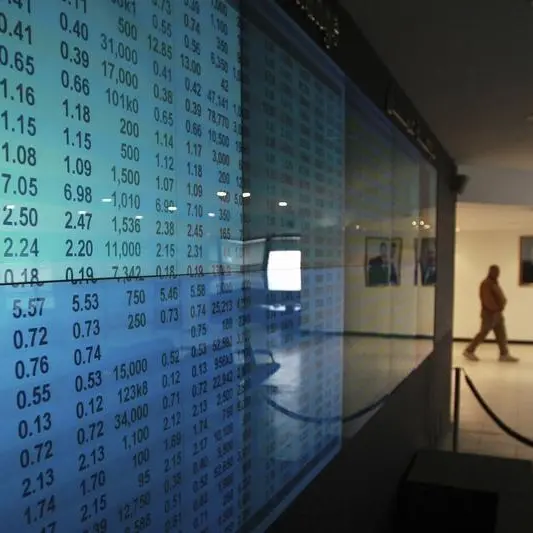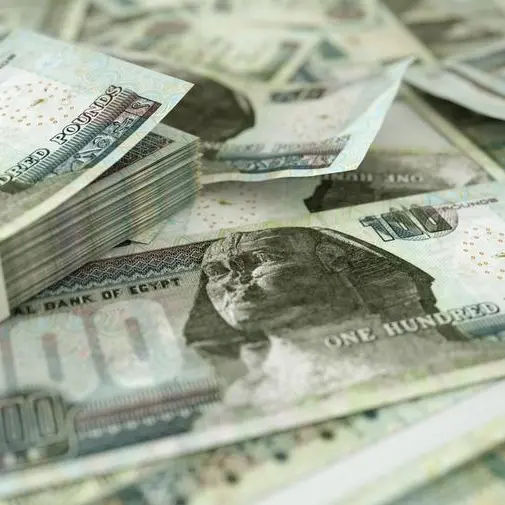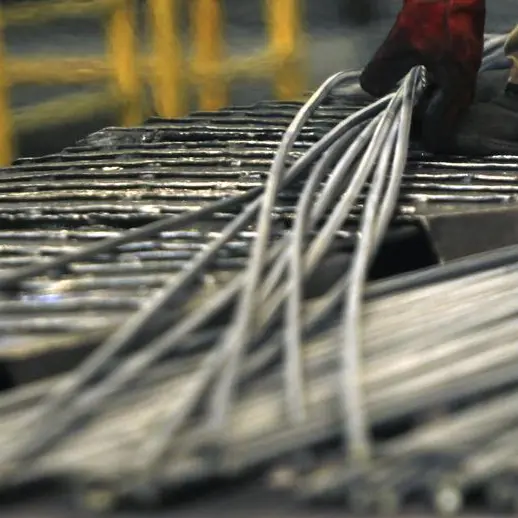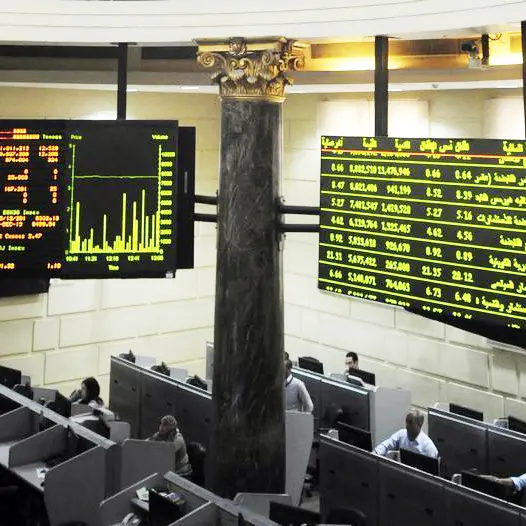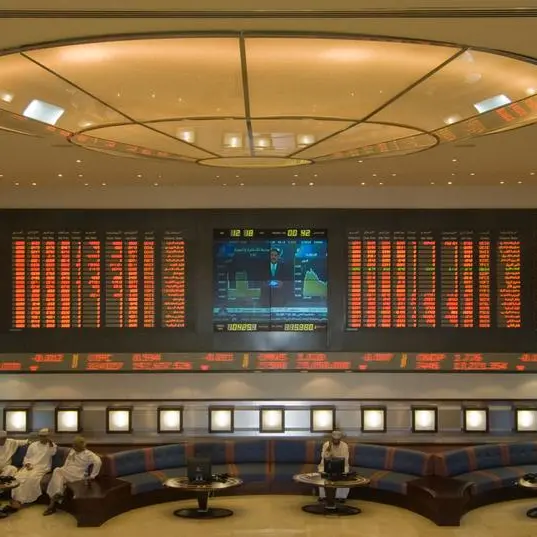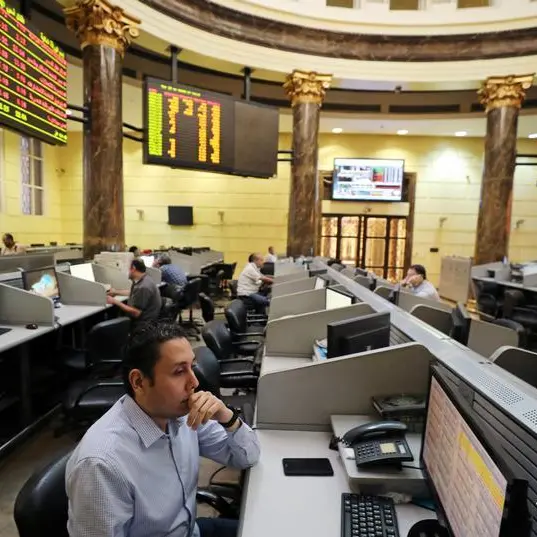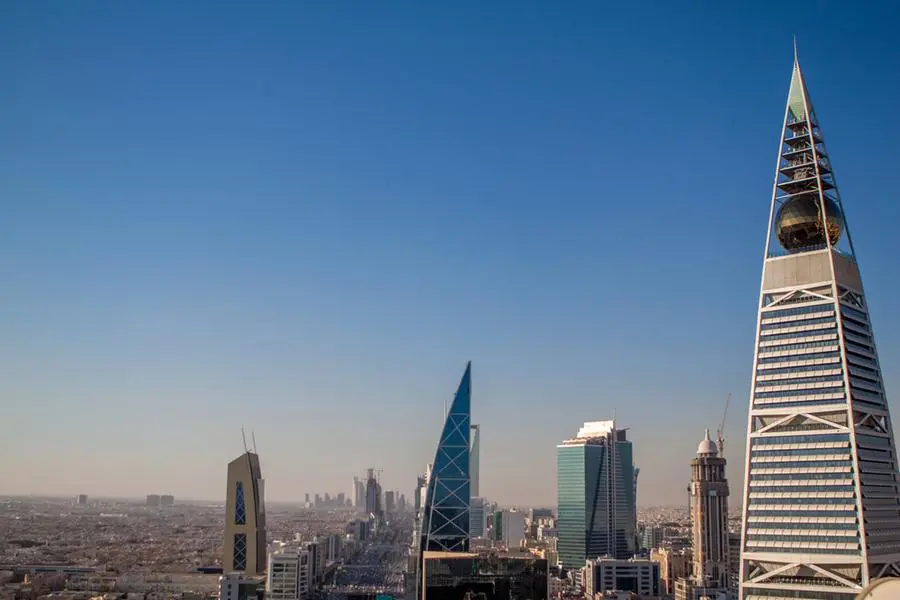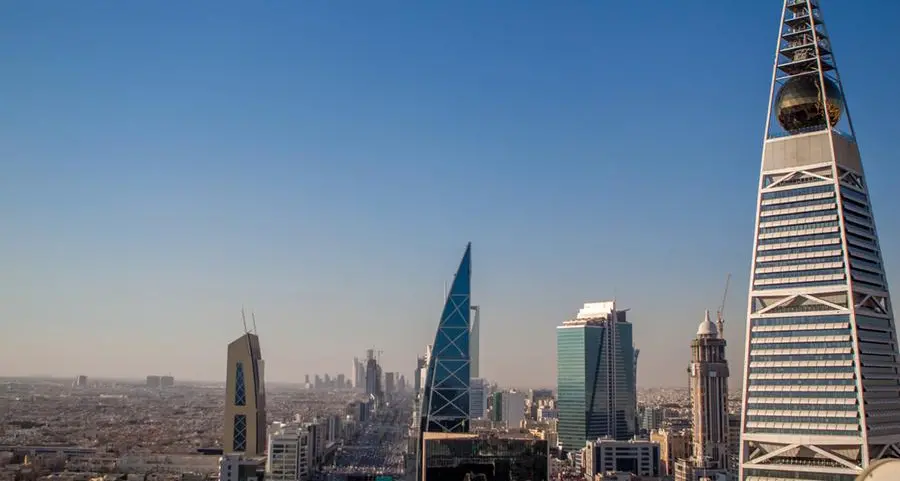GCC markets have gotten off to a strong start in 2019 led by the market in Saudi Arabia, which is up approximately 8 percent year-to-date (YTD). The recent rally on the Tadawul Index has been led mainly by foreign investors, who bought close to 4.4bn riyals ($1.17 billion) through QFIs and Swaps during the first month of the year in anticipation of inflows that will come from FTSE and MSCI inclusion in March and June respectively.
The positive sentiment on KSA can also be attributed to other factors, such as recent news on government mega-projects like NEOM, the kingdom’s under-development $500bn futuristic mega-city, and the National Industrial Development and Logistics Program (NIDLP), which aims to drive $450bn in new investments. A 21 percent YTD gain in the Brent crude price has also supported the momentum, resulting in a further upswing in market sentiment.
Leading the rally is the Saudi banking sector, which continued its strong performance up 31 percent in 2018, versus an index average of 8.3 percent, and up 12 percent YTD vs. an index average of 8 percent. While the market is not cheap, we are of the belief that one cannot forego the opportunity, given its weight on the benchmark S&P Index.
We expect the market to be range-bound and not a one-way trend. Accordingly, investor focus should be on how one can play the inclusion theme and enter and exit the market actively. I believe that positioning in sector best plays will prove to be a good strategy for the year.
UAE markets, on the other hand, have likely bottomed out, particularly when it comes to some key real estate sector stocks, and therefore we recommend focusing on high-yield, sustainable dividend plays.
The market is currently trading at a 20 percent discount (in terms of forward price-earnings ratios) to long-term 10-year averages, levels that it has historically been able to bounce back from. At this point, we believe that market conditions provide a good entry point for long term investors.
The key trigger for the UAE will be real estate stocks, the majority of which are already high-yielding. In our opinion, these stocks are now trading at trough valuations.
UAE banks are projecting lending book growth of 6-7 percent, versus 0 percent and 4 percent in 2016 and 2017 respectively, while the cost of risk is expected to increase by an average of only 20 basis points. Within the highly fragmented UAE banking sector, that still includes 30-plus banks, we see a likelihood of further M&A announcements in 2019. While Abu Dhabi based banks have already rallied significantly, there will likely be value in Dubai-based banks, such as DIB and ENBD.
Moving on to Kuwait, we believe that market activity could be driven by speculation regarding MSCI inclusion in June 2019, particularly with heavyweights like Kuwait Finance House and National Bank of Kuwait. Qatar remains expensive, having rallied 21 percent in 2018 with merely 6 percent earnings growth. In the case of Bahrain, we see a few good stock picks with a mix of both strong earnings growth and high yield. The market in Oman has suffered a beating, delivering one of the worst performances in the GCC in 2018 and it continues to lack triggers. We therefore recommend that investors remain underweight on Oman.
Our overall view on GCC markets is that earnings growth will likely be in the vicinity of 7-8 percent throughout 2019, and turnover will gradually improve from current levels, particularly in Saudi Arabia and the UAE, with Brent forecasted to average at $65 per barrel in 2019 and 2020.
To read SICO Research’s full 2019 strategy report and top picks for 2019 please visit: research.sicobank.com.
Any opinions expressed here are the author's own.
Our Standards: The Thomson Reuters Trust Principles
Disclaimer: This article is provided for informational purposes only. The content does not provide tax, legal or investment advice or opinion regarding the suitability, value or profitability of any particular security, portfolio or investment strategy. Read our full disclaimer policy here.
© Opinion 2019
